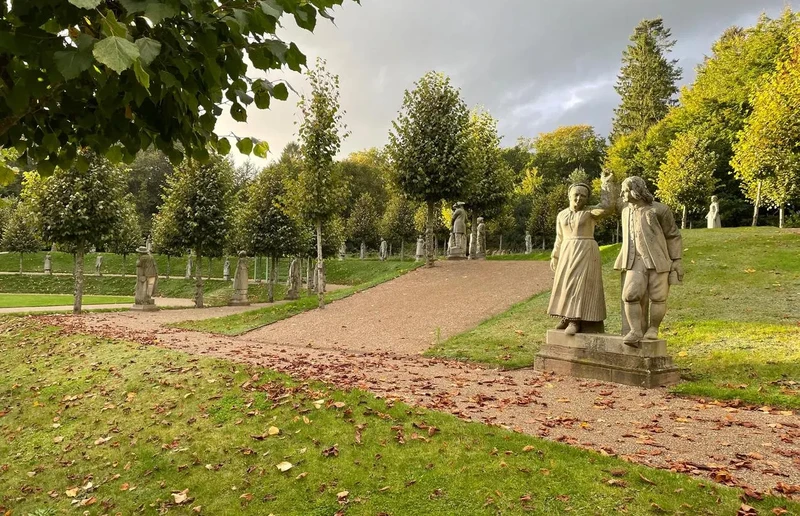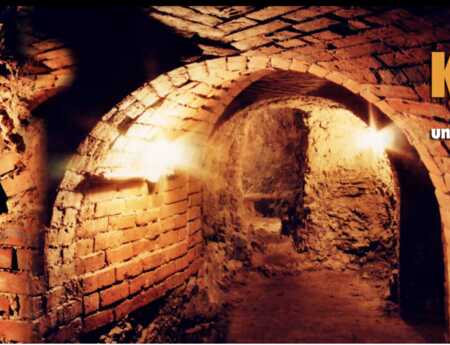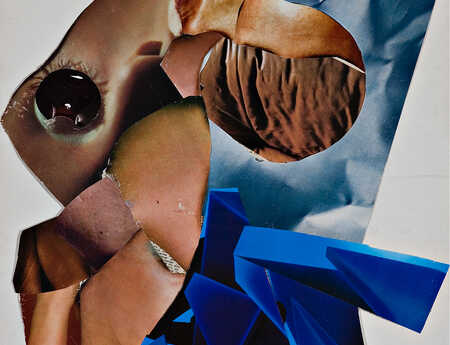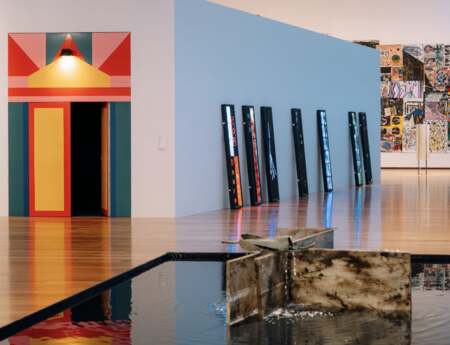Kode Bergen Art Museum Permanenten
Nordahl Bruns gate 9
Bergen
Norway
Nordmandsdalen: Art, Power and Materials in 18th Century Denmark-Norway
The wide-ranging exhibition Nordmandsdalen explores topics such as power, materials and art during the absolute monarchy in Denmark-Norway in the 18th century.
Over the period 1764–84, King Frederik V established a sculpture park at Fredensborg Palace, with 70 statues of Norwegian, Sámi and Faroese people.
Nordmandsdalen, as the park is known, is often referred to as the first “democratic” project in Danish-Norwegian art history, since the statues presented a broad selection of “ordinary people” rather than the upper echelons of society.
A lesser-known aspect of Nordmandsdalen is that the project had its origins in Bergen, where the mailman Jørgen C. Garnaas (1723-1798) created a series of wooden dolls on which the statues in the park were based.
The exhibition tells the story of how Garnaas’ figurines travelled from Bergen to the royal city of Copenhagen, and were transformed from wooden dolls into ivory, sandstone and the finest porcelain.
A democratic project or propaganda?
The exhibition casts a critical spotlight on the grandiose project. Nordmandsdalen depicts “the people”, but perhaps more importantly it also reveals how the absolute monarchy viewed its subjects.
Describing the project as democratic rather obscures the fact that the sculpture park was closely linked to the visual propaganda machine of the absolute monarchy.
Most of the figures are equipped with attributes indicating the nature of their work, such as fish, lobsters, poultry or logs. Nordmandsdalen thus gives us an insight into the importance of these people to the economic geography of the absolute monarchy.
The exhibition aims to shed new light on the important connections and exchanges between Norwegian, Danish and Sámi art and craft producers during the absolute monarchy.
Major research collaboration
The exhibition has been created by Kode in collaboration with the research projects Moving Monuments: The Material Life of Sculpture from the Danish Colonial Era (University of Copenhagen, 2022–25) by Professor Mathias Danbolt and NorWhite: How Norway Made the World Whiter (University of Bergen), by Senior Researcher Tonje Haugland Sørensen and Postdoc Helene Engnes Birkeli.
The project is in part based on collections held by Kode and the University Museum of Bergen, highlighting the institutions’ common ancestor, Bergen Museum, which will celebrate its 200th anniversary in 2025.
The exhibition is made possible through generous loans by CLAY Museum of Ceramic Art, Denmark; Frederiksborg Museum of National History, Denmark; the National Museum of Art, Architecture and Design, Norway; the National Museum of Denmark; the Norwegian Postal Museum; Norsk Folkemuseum; the Agency for Culture and Palaces, Denmark; the National Gallery of Denmark; the University of Bergen Library and the University Museum of Bergen.



